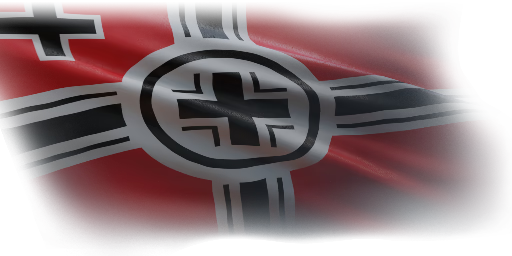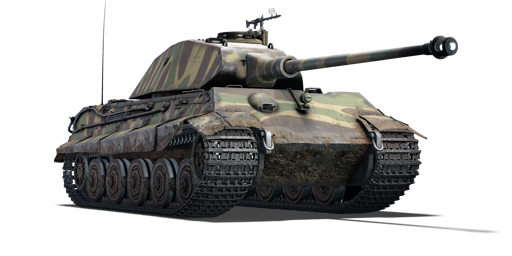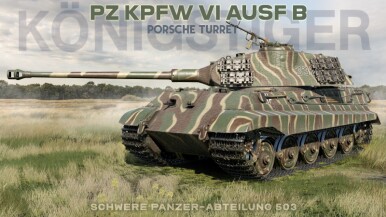



The Panzerkampfwagen Tiger Ausf. B (Sd.Kfz. Index: Sd.Kfz. 182), also known as the Tiger II or informally the Königstiger (lit. "King Tiger"), was a German heavy tank developed in 1943 by Henschel to serve as a replacement for the Tiger I. As with the previous Tiger I (VK 45.01) project, the Wehrmacht commissioned Henschel and Porsche to design the hull of the new tank based on specific requirements, such as featuring a long-barrelled 88 mm KwK43 cannon and sloped hull armour, while Krupp was ordered to design a turret compatible with either design. Ultimately, the Henschel design was chosen and accepted for production.
However, Porsche had already ordered 50 turrets with their own specifications from Krupp by the time their project was cancelled. Due to the compatibility between hulls, these turrets were fitted to the first 50 Tiger II tanks in early 1944. The initial design, featuring a curved cast mantlet as opposed to the later welded turret, is often misleadingly called the "Porsche" turret due to the belief that it was designed by Porsche for their prototype; in fact, it was designed by Krupp to Porsche's specifications. This variant is known in official sources as the Tiger II (Turm Nr.1–50) (lit. "Tiger II (turret no. 1–50)"). Out of the 50 initial Tiger IIs built, only one survives to this day and is on display at the Bovington Tank Museum.
The "Tiger II (Nr.1–50)", referred to as the "Tiger II (P)" before Update 2.49 "Tusk Force", was introduced during the Closed Beta Test for Ground Forces before Update 1.41. The Tiger II served as a natural evolution of the Tiger I tank. The long-barrelled 88 mm KwK43 features excellent accuracy and penetration over long distances that allowed the Tiger II to comfortably pick off the enemy at range, while the sloped frontal hull armour provides excellent protection over distance. However, the Tiger II suffers from sluggish mobility in addition to weakspots inherent in the turret design.
| Ammunition | Type | Armor penetration (mm) at a distance: | |||||
|---|---|---|---|---|---|---|---|
| 10 m | 100 m | 500 m | 1000 m | 1500 m | 2000 m | ||
| APCBC | 237 | 234 | 222 | 207 | 193 | 180 | |
| HE | 19 | 19 | 17 | 16 | 14 | 14 | |
| HEAT | 110 | 110 | 110 | 110 | 110 | 110 | |
| APCR | 279 | 273 | 252 | 227 | 205 | 185 | |
| Belt | Belt filling | Armor penetration (mm) at a distance: | |||||
|---|---|---|---|---|---|---|---|
| 10 m | 100 m | 500 m | 1000 m | 1500 m | 2000 m | ||
| AP/AP/AP-T | 13 | 12 | 7 | 3 | 2 | 0 | |
| Belt | Belt filling | Armor penetration (mm) at a distance: | |||||
|---|---|---|---|---|---|---|---|
| 10 m | 100 m | 500 m | 1000 m | 1500 m | 2000 m | ||
| AP/AP/AP-T | 13 | 12 | 7 | 3 | 2 | 0 | |












Mobility | |
|---|---|
Protection |
|---|
Firepower | |
|---|---|
